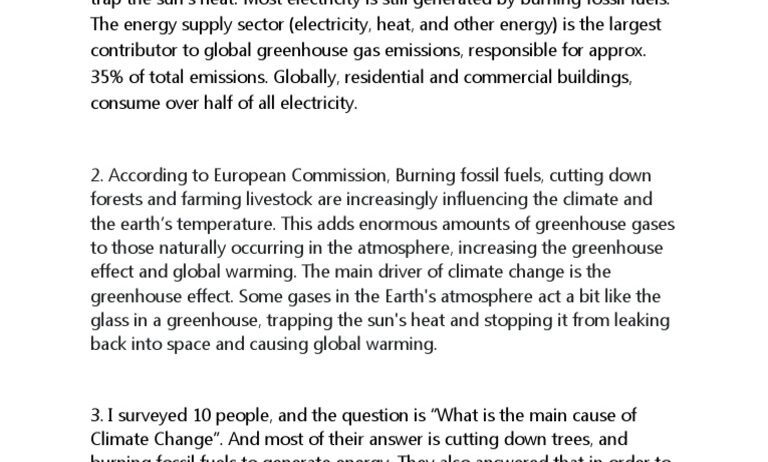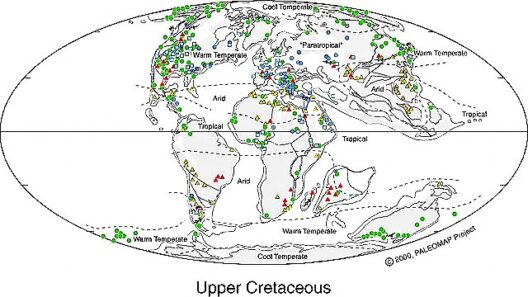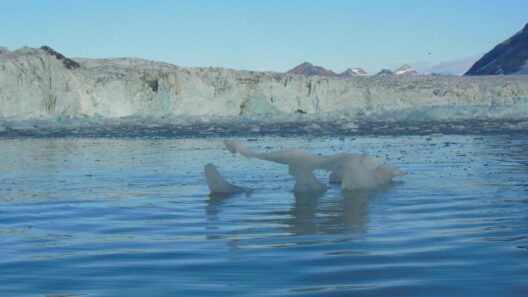The Earth is an intricate tapestry woven from countless threads of life, interconnected through various processes and actions that sustain it. Yet, this delicate balance is increasingly disrupted by an insidious phenomenon known as climate change. The sources of this upheaval stem from our very existence, from the choices we make to the technologies we employ. Understanding the primary causes of climate change is essential for enlightening collective action towards a more sustainable future.
At the crux of climate change lies the relentless increase in greenhouse gas emissions, particularly carbon dioxide (CO2), methane (CH4), and nitrous oxide (N2O). These gases are akin to a warm blanket enveloping the planet, trapping heat and causing global temperatures to surge. The primary culprit behind this increase is the burning of fossil fuels—coal, oil, and natural gas—which power our homes, industries, and transportation systems. These carbon-releasing practices have become so entrenched in modern civilization that it seems difficult to fathom alternatives.
Forests, often deemed the lungs of the Earth, are another significant factor in this equation. Deforestation, driven by logging, agriculture, and urbanization, exacerbates climate change in two ways: by releasing stored carbon dioxide when trees are cut down and by reducing the planet’s capacity to absorb CO2. The destruction of these verdant bastions not only releases significant amounts of carbon but also diminishes biodiversity, as myriad species lose their habitats. This dual crisis underscores the profound connection between ecological health and climate stability.
In the agricultural sector, the practice of industrial farming contributes significantly to climate change. Intensive livestock farming is particularly notorious; it produces high volumes of methane, a greenhouse gas over twenty times more potent than carbon dioxide in the short term. From the digestive processes of cattle to the waste they produce, the implications are staggering. Furthermore, the overuse of nitrogen-based fertilizers releases nitrous oxide, adding another layer to the climate crisis. Thus, the food system, while nourishing billions, paradoxically wields a destructive hand against the planet’s climate.
The intricate web of societal development has also birthed urbanization, with a staggering portion of the global population now residing in cities. Urban areas act as heat islands, exacerbating temperature increases while simultaneously increasing energy consumption. The machinery and infrastructure that support city life demand immense resources, energy, and land, all contributing to a higher emissions footprint. Public transportation, though beneficial, has often lagged behind the explosion of private vehicle use, a driving force behind urban carbon emissions.
Industrial processes, too, contribute to the cacophony of climate change. The manufacture of cement, steel, and other materials is energy-intensive and predominantly reliant on fossil fuels. Additionally, chemical processes used in various industries emit a cocktail of harmful gases that not only worsen global warming but also deteriorate air quality, posing threats to human health. These actions result in an intricate dance of pollution, danger that extends far beyond mere statistics.
In examining our role in this grave situation, it is crucial to acknowledge the psychological and cultural facets contributing to climate change. Consumerism and the relentless quest for convenience generate a demand for products that come steeped in emissions. Obsolete gadgets, fast fashion, and single-use plastics symbolize lifestyles rife with disregard for sustainability. The linear economy, which promotes a ‘take-make-dispose’ model, fails to recognize the profound principles of circularity necessary to mitigate climate impact.
Climate change is deeply intertwined with social justice, as marginalized communities disproportionately bear the brunt of its effects. Those with the least resources often live in the most vulnerable settings, facing the harsh realities of extreme weather, rising sea levels, and resource shortages. Addressing climate change means also confronting these social inequalities, as everyone deserves the right to a healthy, stable environment. This intersectionality demands a multifaceted approach, pulling in various societal sectors to create meaningful change.
Public awareness and education play crucial roles in tackling climate change—a daunting task akin to turning a massive ship in turbulent waters. Initiatives to disseminate knowledge about energy conservation, renewable resources, and sustainable practices can motivate individuals and communities to modify their habits. Citizen engagement, public discourse, and grassroots movements can catalyze change, pressing policymakers to adopt environmentally-friendly legislation.
Ultimately, the paradox of climate change is that while it is a human-made crisis, collective human action can steer us away from its dire conclusions. Transitioning to renewable energy sources, promoting sustainable agriculture, enhancing energy efficiency, and fostering a culture of sustainability can serve as the antidote to the malaise that afflicts our planet. Here, innovation and creativity spring forth as pivotal components, inspiring a new generation to reimagine the future of our Earth.
In conclusion, comprehending the convoluted causes of climate change is the first step in forging a path towards healing the planet. By grasping the profound influence of our actions, the intricate relationships between various sectors, and the pressing need for social equity, we can catalyze a movement for transformative change. The tapestry of Earth’s climate may be fraying, but through deliberate and unified action, we can weave a narrative of restoration, resilience, and renewal.








